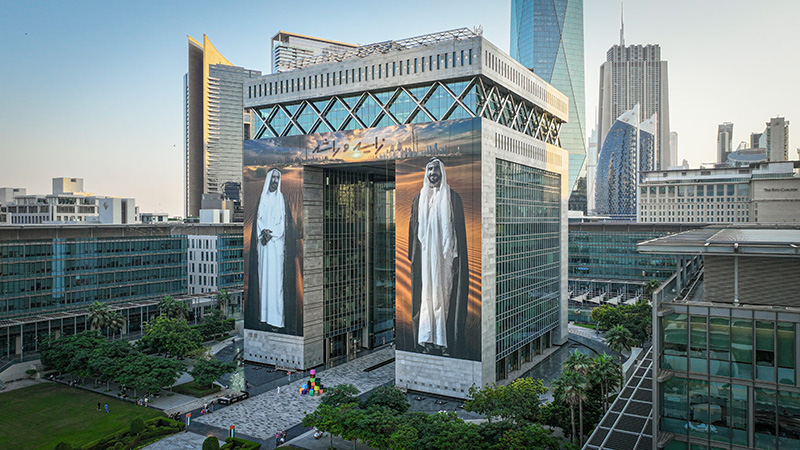
In a remarkable display of resilience and operational excellence, Dubai International Airport (DXB) welcomed 46 million passengers in the first half of 2025, setting a new record for the busiest six-month period in the airport’s history. The achievement reflects a 2.3% increase compared to the same period in 2024.
During the second quarter alone, the airport handled 22.5 million passengers—an increase of 3.1% year-on-year. April stood out as the busiest April in DXB’s history, with 8 million travelers passing through. January also broke records as the single busiest month of the first half, with 8.5 million passengers.
This sustained growth highlights the strength and global appeal of Dubai’s aviation sector. According to Paul Griffiths, CEO of Dubai Airports, the airport’s ability to manage high traffic volumes amid regional uncertainty underscores both the resilience of its operations and the attractiveness of Dubai as a global hub. He credited the seamless coordination of airport staff and advanced operational strategies, such as the airport’s “oneDXB” approach, for ensuring consistent service and efficiency.
Passenger movement averaged 7.7 million per month, with a daily average of 254,000 travelers. The airport also managed over 222,000 flights during this period and processed approximately 41.8 million bags. Notably, 91% of baggage was delivered within 45 minutes of arrival, with a baggage mishandling rate of just two per 1,000 passengers—significantly lower than the global average of 6.3 per 1,000.
The outlook for the remainder of the year is equally strong. Dubai International is expected to handle up to 96 million passengers by the end of 2025, bringing the airport within striking distance of its long-anticipated 100 million passenger milestone.
Top markets for passenger traffic in the first half of the year included India with 5.9 million travelers, followed by Saudi Arabia (3.6 million), the United Kingdom (3 million), Pakistan (2.1 million), and the United States (1.6 million). London was the most traveled city route, with 1.8 million passengers, followed by Riyadh (1.5 million), Mumbai (1.2 million), and both Jeddah and New Delhi (1.1 million each). Istanbul also ranked high, with nearly one million passengers.
On the cargo front, Dubai International handled just over one million tons of freight, marking a slight increase of 0.1% over the previous year. The airport now connects to more than 269 destinations across over 107 countries, through a network of over 92 international carriers.
Operational performance across all service touchpoints remained exceptional. Nearly all departing passengers (99.2%) cleared passport control in under 10 minutes, while 98.4% of arrivals completed immigration within 15 minutes. Security checks were completed in under five minutes for 98.7% of travelers.
Looking ahead, Dubai International anticipates a further surge in traffic during the late summer peak and the busy winter season, which will feature a robust lineup of global events in entertainment, business, and sports. The upcoming Dubai Airshow 2025 is also expected to be a major highlight, potentially setting new records and reinforcing the airport’s status as a world-leading aviation hub.
Dubai International’s record-setting performance in the first half of 2025 is not just a testament to strong passenger demand—it reflects the airport’s enduring commitment to excellence and its pivotal role in global aviation.









